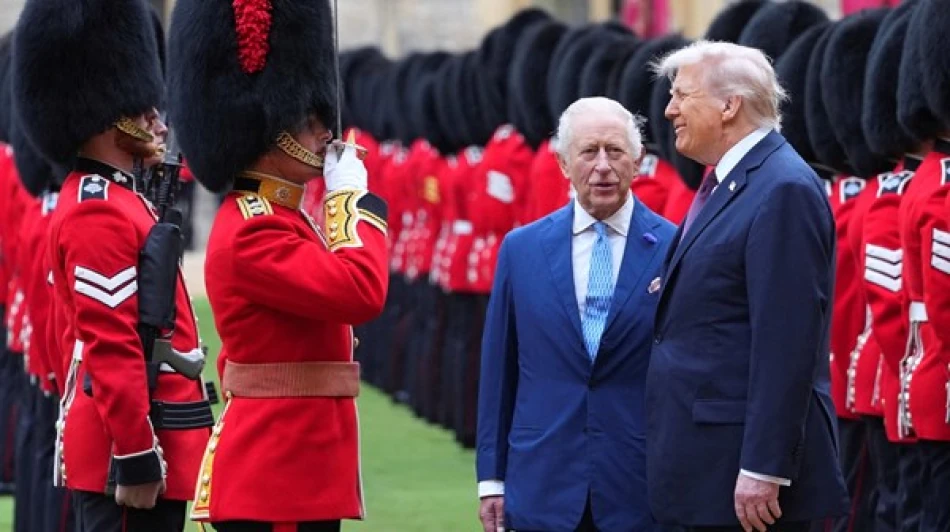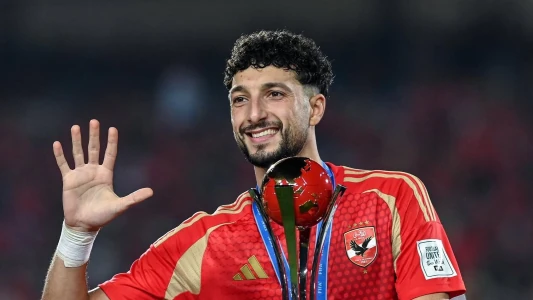
King Charles III Welcomes Former US President Trump at Windsor Castle
Trump Returns to Windsor: A Strategic Royal Reception Amid Shifting Global Alliances
President Donald Trump received full ceremonial honors at Windsor Castle Wednesday as King Charles III hosted his second official state visit to the United Kingdom. The elaborate welcome—complete with horse-drawn carriages, military bands, and royal protocol—signals Britain's continued investment in the "special relationship" at a time when both nations face complex geopolitical challenges and potential shifts in international partnerships.
Pageantry Meets Diplomacy at Historic Windsor
The Prince and Princess of Wales greeted Trump and First Lady Melania upon their arrival via Marine One helicopter at the castle's private walled garden. The presidential couple was then escorted to meet King Charles and Queen Camilla, before proceeding in a horse-drawn carriage procession through ranks of soldiers, sailors, and airmen as military bands performed both national anthems.
The choice of Windsor Castle—rather than Buckingham Palace—carries symbolic weight. Windsor has historically been reserved for the most significant state visits, suggesting the British establishment views maintaining strong US ties as a top diplomatic priority regardless of who occupies the White House.
Strategic Timing in a Multipolar World
This reception comes as both nations navigate increasingly complex international relationships. Britain, still adjusting to post-Brexit realities, needs reliable allies for trade partnerships and security cooperation. Meanwhile, Trump's return to office has raised questions about US commitments to traditional alliances and multilateral institutions.
Historical Precedent and Royal Diplomacy
The British monarchy has long served as a diplomatic asset, offering continuity across changing political administrations. Charles III's personal engagement with Trump during their carriage ride and joint inspection of the honor guard demonstrates the institutional commitment to US-UK relations that transcends party politics.
This approach mirrors successful royal diplomacy with previous controversial figures, where ceremonial respect facilitates substantive dialogue on shared interests like defense cooperation, intelligence sharing, and economic partnerships.
What This Means for Global Markets
The warm reception likely reassures markets about continued US-UK cooperation on financial regulation, trade agreements, and coordinated responses to global economic challenges. London's position as a key financial hub depends partly on maintaining strong ties with major economies, particularly as it competes with Frankfurt, Singapore, and other centers for international business.
The two-day visit's outcomes could influence currency markets, defense contracts, and bilateral trade agreements that affect everything from technology transfers to energy partnerships. Investors will watch closely for signals about future cooperation on sanctions, regulatory alignment, and responses to China's growing economic influence.
Beyond the Ceremony
While the pageantry captures headlines, the substantive discussions during this visit will likely focus on pressing security challenges, from Ukraine and NATO to Indo-Pacific strategy. The royal treatment serves as diplomatic groundwork for potentially difficult conversations about burden-sharing, alliance commitments, and coordinated responses to authoritarian challenges.
The British calculation appears clear: invest in relationship maintenance through respected institutions like the monarchy to preserve influence and cooperation regardless of political turbulence on either side of the Atlantic.
 Layla Al Mansoori
Layla Al Mansoori







